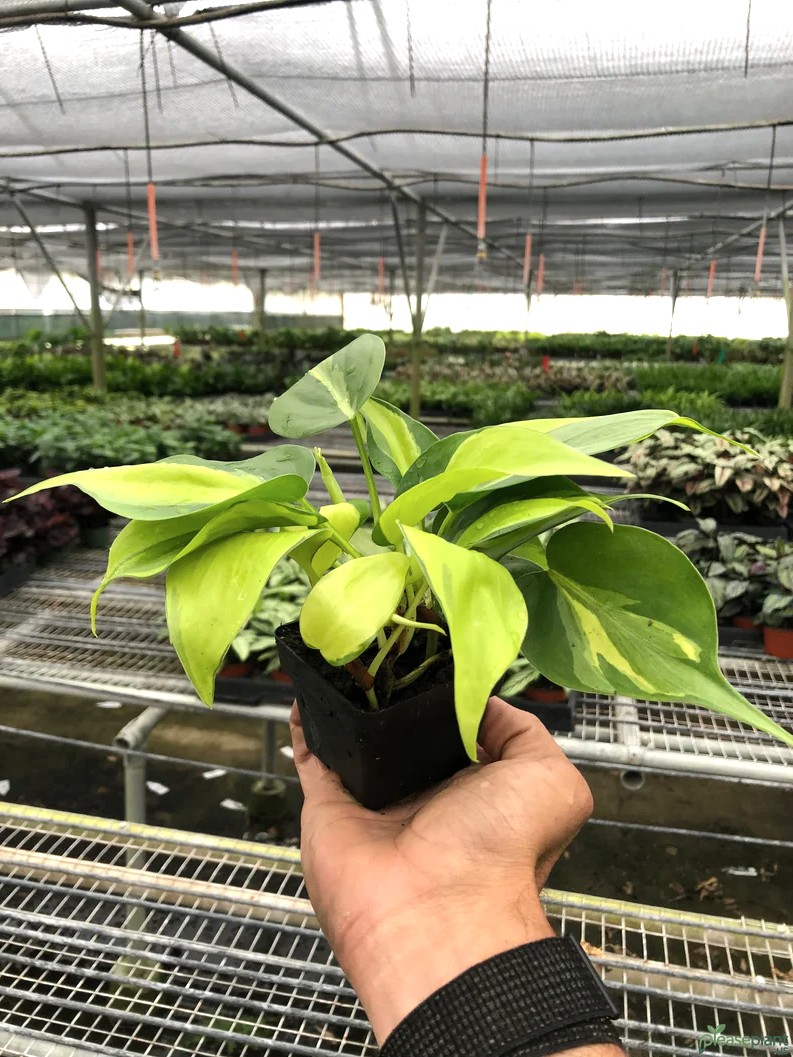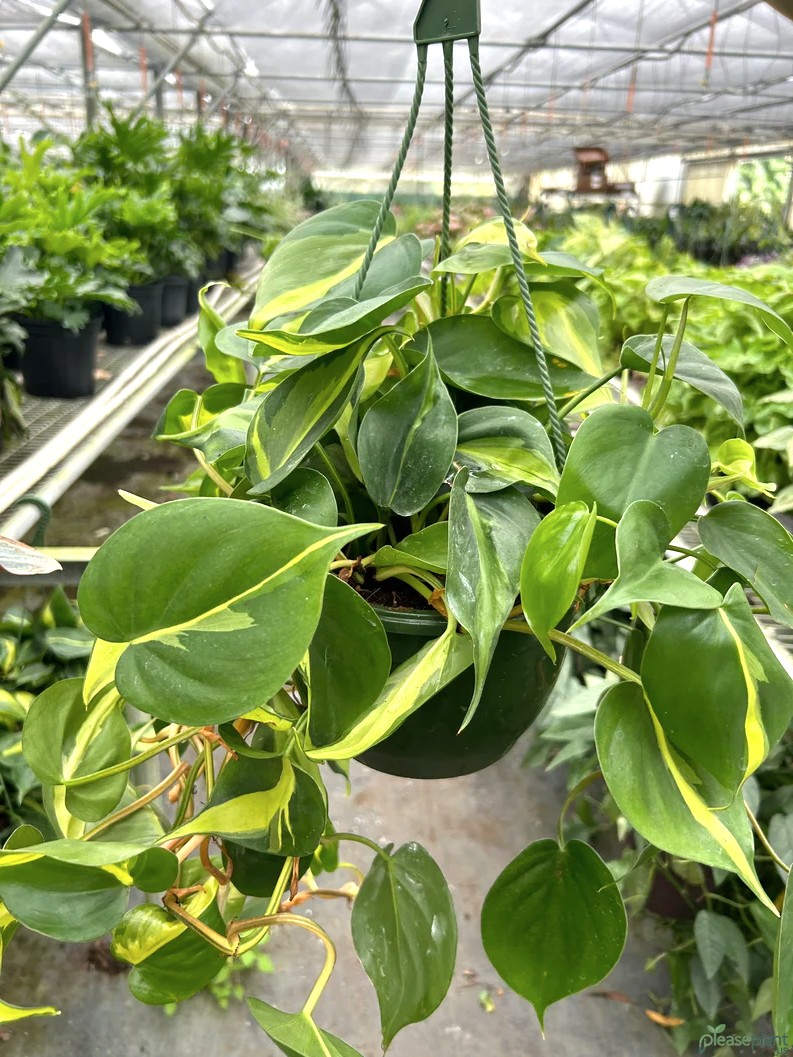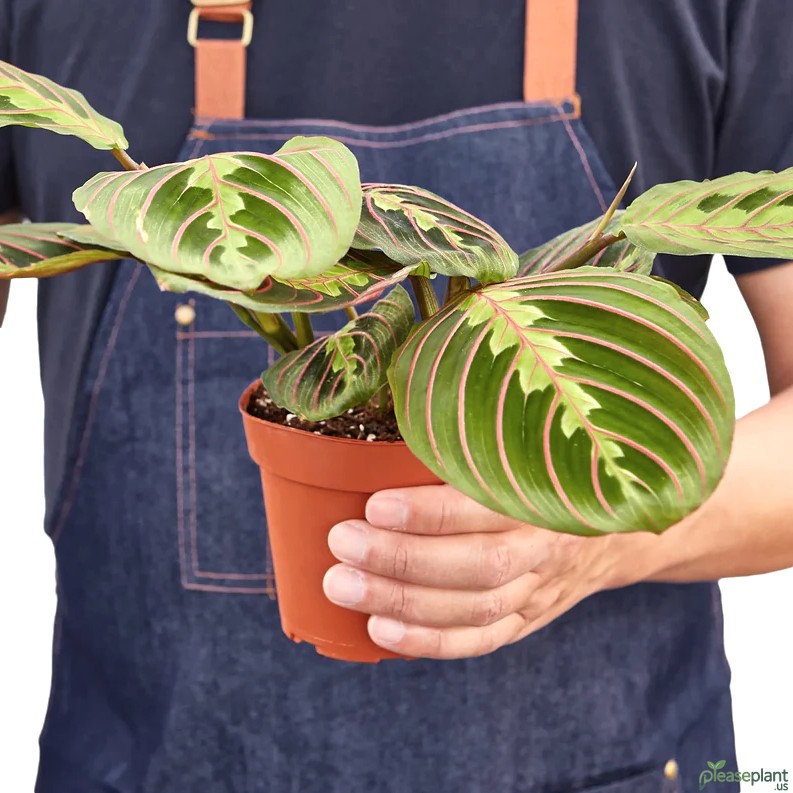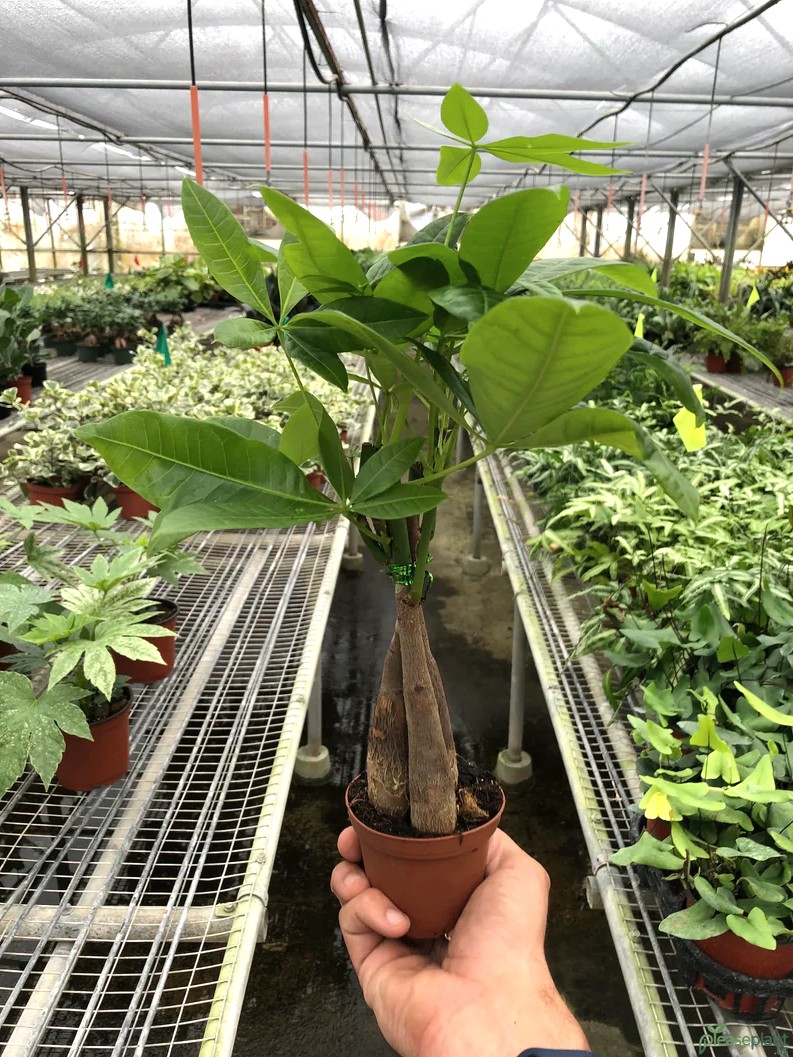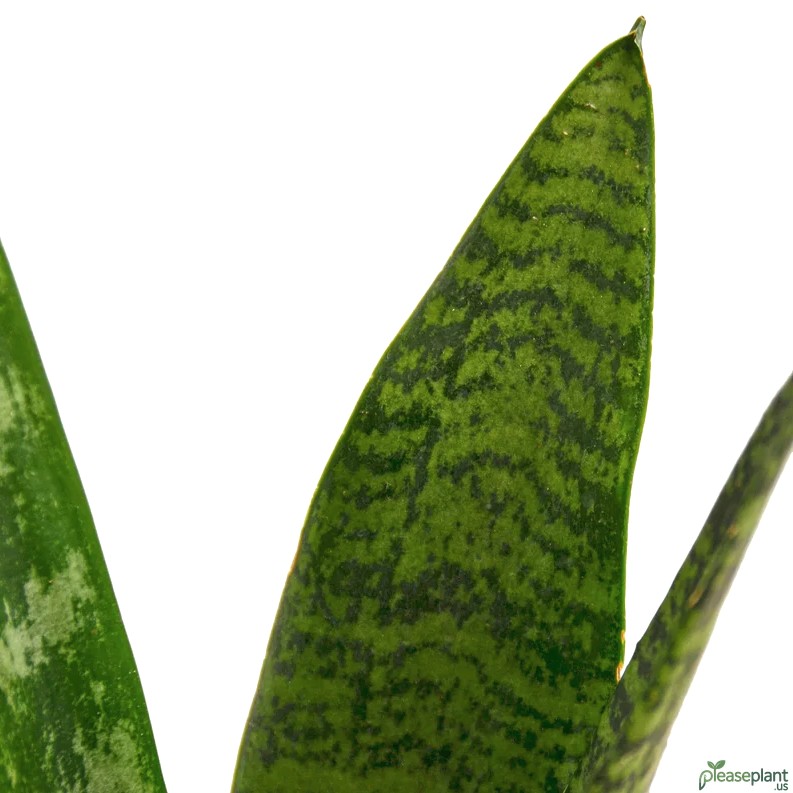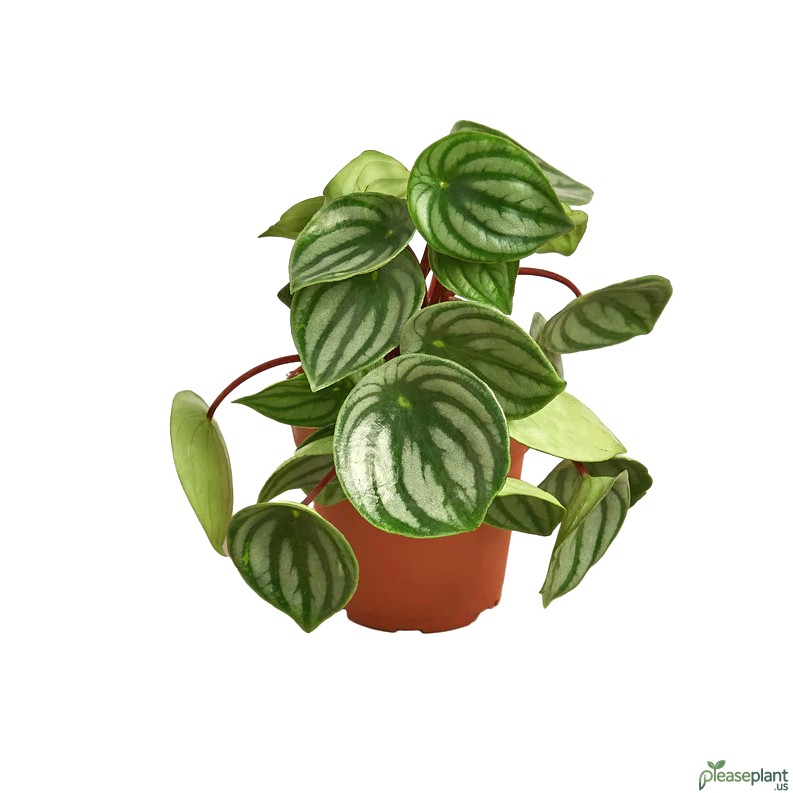So, your Philodendron 'Brasil' is sporting some yellow leaves and you're scratching your head wondering what's up? Don't fret, this is a common hiccup among plant lovers. From light mishaps to watering woes, I've seen it all with this charming Heartleaf Philodendron. Let's dive deep into why those yellow leaves show up and how you can fix them without turning your green buddy into a sad sight. With a few easy tricks and some plant-parent wisdom, your Brasil can bounce back better than ever!
When Yellow Leaves Crash the Party on Your Philodendron 'Brasil'
Alright, imagine this: you bring home a shiny new Heartleaf Philodendron Plant, that gorgeous Philodendron 'Brasil' with its striking variegated leaves, and after a few weeks, bam! Yellow leaves start popping up like uninvited guests at a dinner party. What gives? Well, this little drama usually comes down to a handful of common missteps, and trust me, I've been there, watering my plants at midnight only to find out I was drowning them in love.
Light Drama: Too Much or Too Little?
Philodendron 'Brasil' is a fan of bright, indirect light. Too much blazing sun and those beautiful leaves turn yellow and crispy, like they've had a bad sunburn at the beach. Too little light though, and the plant sulks, losing its vibrant variegation and yellowing leaves sneak in to ruin the vibe. If your plant is near a window with direct sunlight, try moving it a bit back or use a sheer curtain to soften the rays. Conversely, if it's hiding in a dark corner, bring it closer to some natural light. Easy peasy.
Watering Woes
Here’s where many of us slip up. overwatering and underwatering both throw tantrums in the form of yellow leaves. Too much water? Roots drown and rot, and yellow leaves shout for help. Too little? The plant dries out and leaves turn yellow from stress. Tip from my own messy experience: stick your finger about an inch into the soil. If it’s dry, water it. If it's still moist, hold off. And please, don't let your plant sit in a puddle of water – good drainage is a lifesaver.
Nutrient Needs: Feeding Your Plant Right
A lack of nutrients can also cause yellow leaves. Your Philodendron 'Brasil' needs a balanced fertilizer every month during growing season to keep its leaves bright and healthy. Skip the feast and the plant pays the price with dull, yellowed leaves. I’ve seen plants perk up instantly after a little feeding, so don’t forget this step!
Pest Problems that May Cause Yellowing
Sometimes, the cause isn’t care but tiny critters. mealybugs and spider mites love to nibble on these plants, stressing them out and causing yellow spots or leaves. If you spot any, a gentle wipe with soapy water or neem oil usually does the trick. I once ignored a tiny infestation, and let me tell you, the yellow leaves multiplied faster than I could say "plant parent fail".
Final Thoughts: Keep It Simple and Observe
The fix for yellow leaves on your Heartleaf Philodendron Plant is often simpler than you think. Adjust light, tweak watering, feed on time, and check for pests. Your Philodendron 'Brasil' is resilient and with a bit of love (and less water sometimes!), it’ll bounce back with those iconic green and yellow leaves shining bright. Just remember, plants have moods too – observe, listen, and act accordingly. Your green buddy will thank you with lush growth and fewer yellow leaves!

